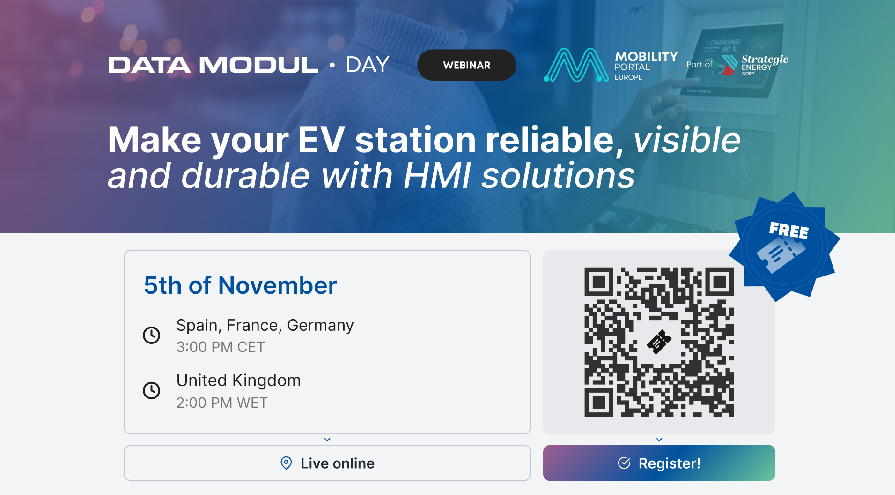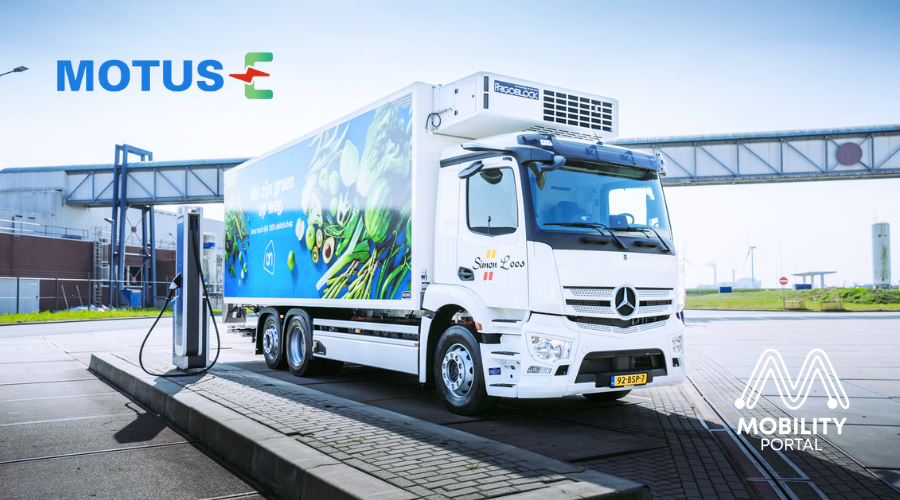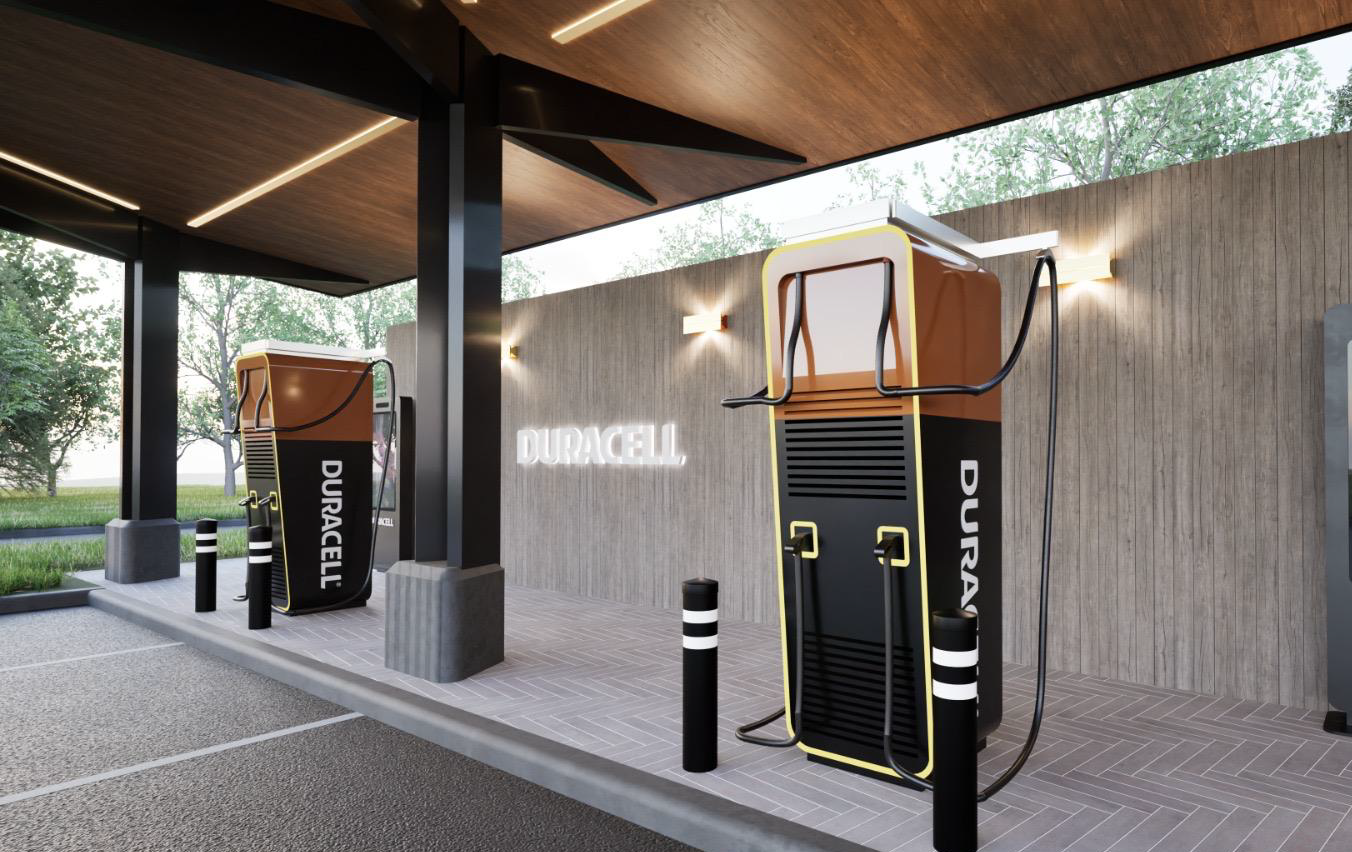The electrification of heavy-duty transport is accelerating across Europe — and it demands a profound shift in infrastructure.
In Italy, where almost one million trucks are still on the road with an average age of 19 years and 97% still diesel, the challenge is to renew the fleet while deploying high-power charging hubs along critical logistics routes.
The new report by Motus-E, produced in collaboration with Infoblu NewGen and the Gestore dei Servizi Energetici (GSE), provides a first-of-its-kind national roadmap based on GPS data from over 100,000 vehicles, generating around one billion daily records.
From this massive dataset, the study simulated 12 scenarios across seasons and weekdays, projecting real-world charging demand, stop frequency, and optimal site locations.
500 optimal areas, 40 priority zones
The study identifies 500 optimal charging areas (AdR) — spanning service areas, fuel stations and parking sites — distributed nationwide.
Among them, 40 locations stand out as priorities: 20 along the TEN-T network and 20 outside it.
Stations on the main network show an average of 15 trucks charging daily, compared with 5 on secondary roads. Each vehicle remains connected for about 50 minutes, recharging roughly 300 kilometers of range, which requires HPC (High Power Charging) systems between 350 kW and 1 MW.
The highest concentration of potential charging zones is found in Lombardy, Veneto, Emilia-Romagna, Tuscany and Lazio, mirroring the industrial and logistics density of northern Italy.
An emerging network
At present, Italy counts only four operational truck-dedicated charging sites — in Vado Ligure, Bagnolo San Vito, Bolzano and Piacenza — all equipped with CCS2 connectors up to 600 kW.
Bolzano also hosts the country’s first MCS (Megawatt Charging System) connector, capable of delivering 1,000 kW.
More than 10 additional sites are already under development with CEF-AFIF funding, aiming to create “Digital Green Corridors” linking northern and southern Europe.
The rollout aligns with AFIR Regulation (EU 2023/1804), which sets minimum coverage targets of 1.4 MW every 120 km by 2027 and 3.6 MW every 60 km by 2030.
Grid and planning challenges
The key bottleneck is not the vehicle — it’s the electric grid. Motus-E stresses the urgency of reinforcing power connections and simplifying permitting procedures, in close coordination with DSOs and local authorities.
The report outlines several action points:
- Cross-sector coordination with GSE, DSOs and municipalities to ensure balanced grid integration.
- Highway toll exemptions for zero-emission trucks along optimal corridors, in line with the Eurovignette Directive 2022/362.
- Demand-side incentives, such as tax reliefs for shippers that lower their CO₂ footprint.
- Urban planning guidelines requiring charging facilities in new industrial areas.
Motus-E also calls for a national digital platform to streamline permits and unify local rules through a standardized SUAP model, ensuring consistency and transparency across municipalities.
Design and best practices
The study showcases functional layouts inspired by the German HoLa consortium and by Ewiva’s high-power station model. Recommended configurations include drive-through and fishbone layouts with wide turning radii (12 m), 7-meter charging cables, continuous lighting, and clear signage.
Future stations should integrate both slow and fast charging, storage systems (BESS), and basic driver amenities such as restrooms, vending machines and rest areas — ensuring that charging downtime translates into operational efficiency.
Toward zero-emission freight transport
According to the European Environment Agency, heavy-duty vehicles account for 28% of all road-transport GHG emissions and 6% of the EU’s total emissions.
Motus-E projects that by 2030, one in three new trucks sold will be zero-emission, with battery-electric vehicles (BEV) dominating around 90% of the fleet, while hydrogen remains marginal due to high costs and limited model availability.
The transition, the report concludes, is technically feasible but requires coordinated action to overcome infrastructure, regulatory and financial barriers.
Anticipating demand, planning based on real data, and embedding Italy’s logistics corridors into the wider European e-mobility network will be key to driving a cleaner, more competitive freight ecosystem.
Data Modul Day: “Make your EV station reliable, visible, and durable with HMI solutions”
On 5 November, Data Modul will host a web seminar on HMI solutions for EV charging stations — a must-attend event for manufacturers seeking to innovate and optimise their products.
The event will be broadcast live in English on the Strategic Energy Corp YouTube channel.
Registration is free and open to anyone interested in electric mobility and the latest technological trends in the sector.

DISCOVER MOBILITY PORTAL DATA
Introducing Mobility Portal Data, a new exclusive market intelligence platform offering reliable data and key insights for smart decision-making in the automotive sector—covering both internal combustion and electric vehicles, as well as charging infrastructure.
Research, trend analysis, and clearly organised statistics—all in one place.
With Mobility Portal Data, better decisions are just a click away.
READ MORE
-
Italy charts the road to zero-emission freight: Motus-E maps 500 optimal e-truck charging sites
Motus-E releases the first nationwide study identifying 500 optimal areas for electric truck charging in Italy, combining traffic data, energy analysis, and planning criteria aligned with the EU AFIR regulation.
-
BYD planea construir en España su tercera planta en suelo europeo
La compañía china estudia instalar una nueva planta de ensamblaje en territorio español. La decisión responde a factores estratégicos y aquí están los detalles.
-
Duracell E-Charge Launches on UK Roads Under Iconic Battery Brand
Developing a nationwide network of ultra-fast EV charging stations designed to give drivers confidence and accelerate the UK’s transition to electric.










